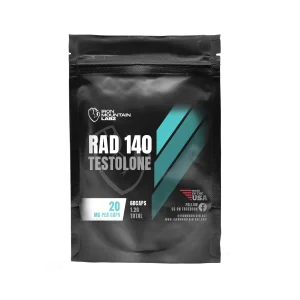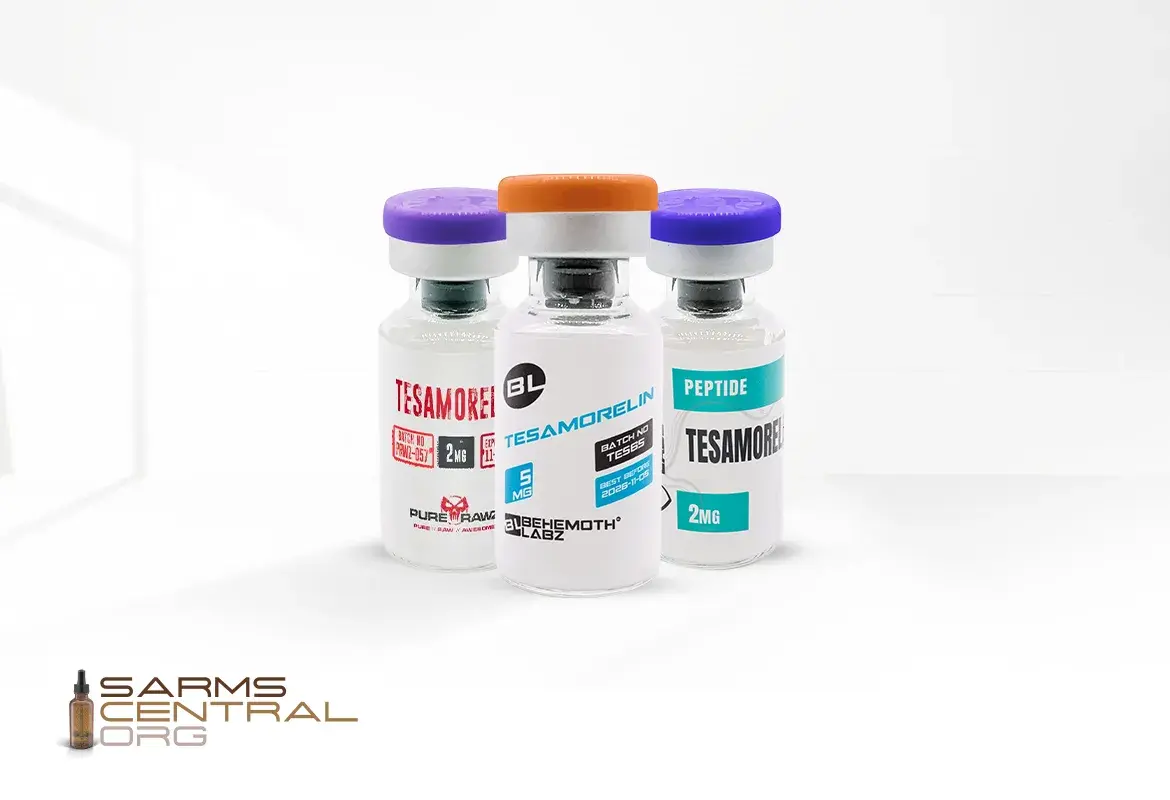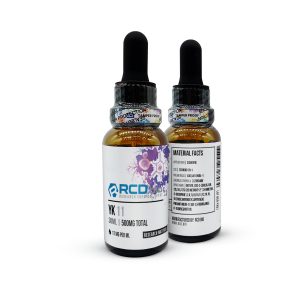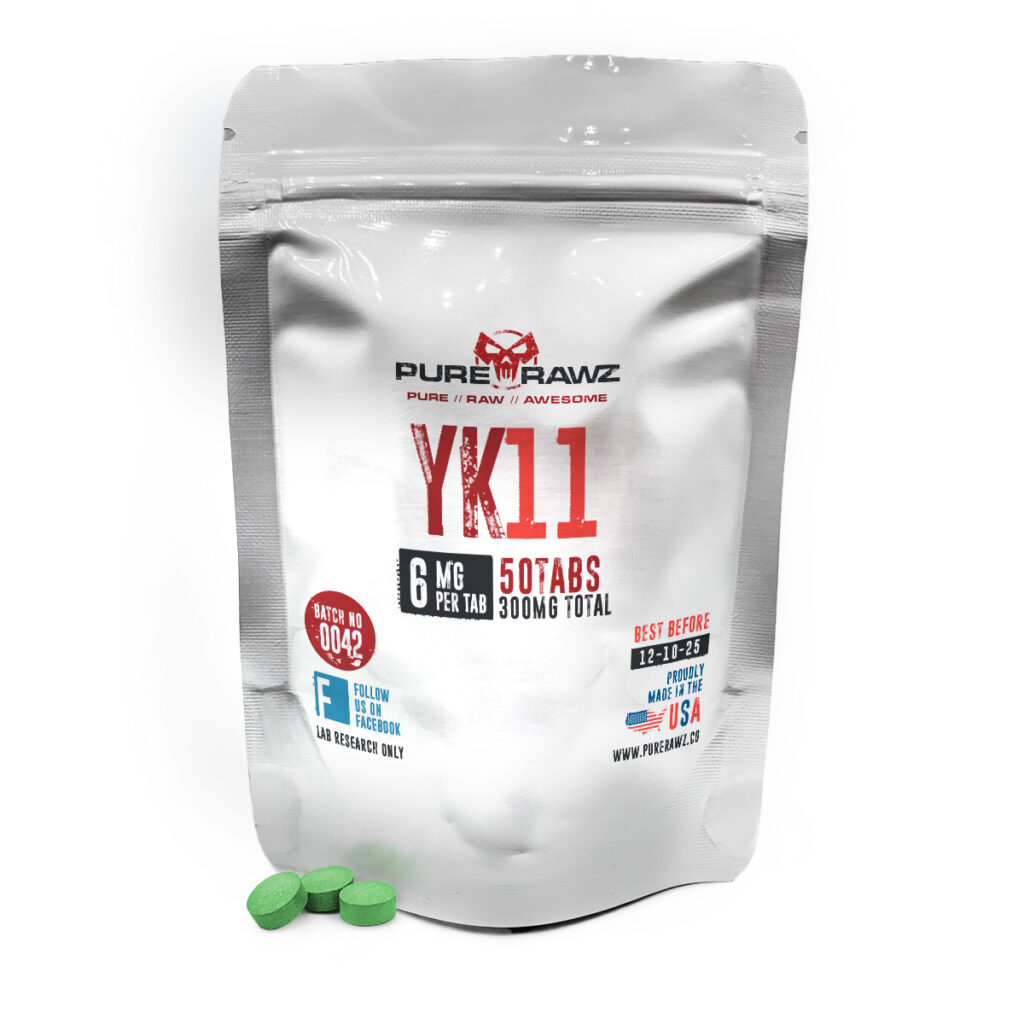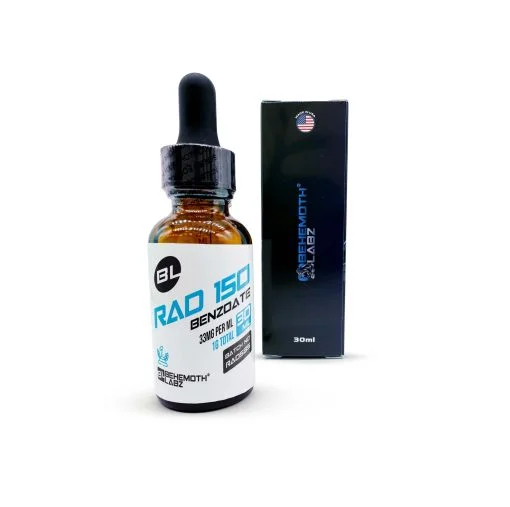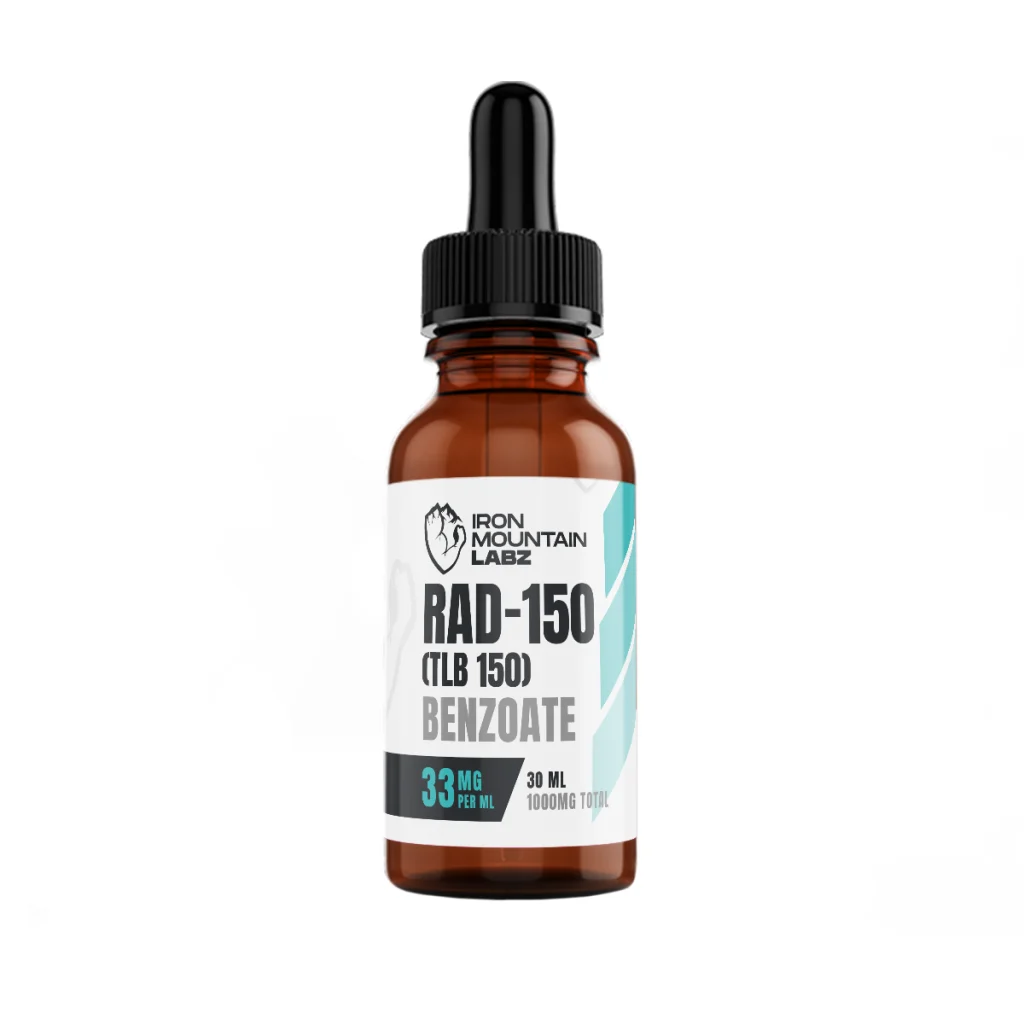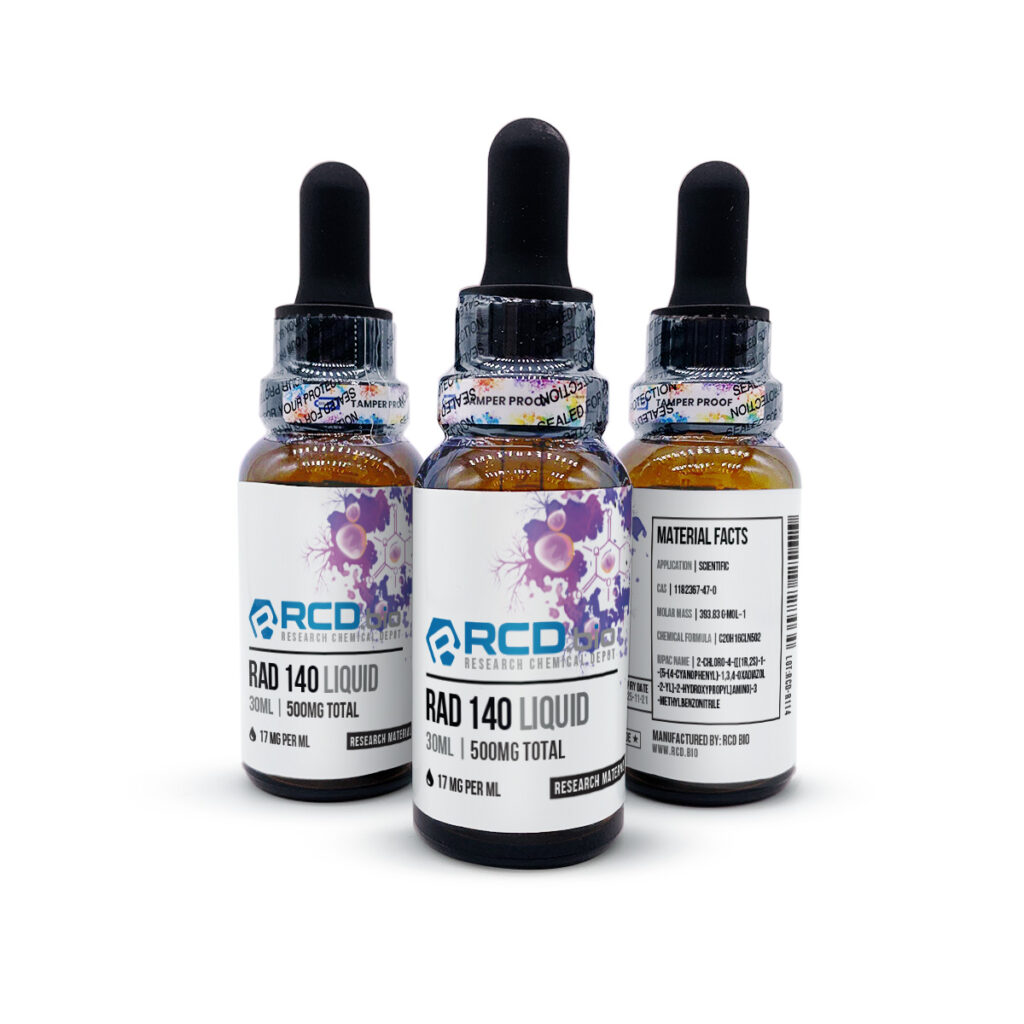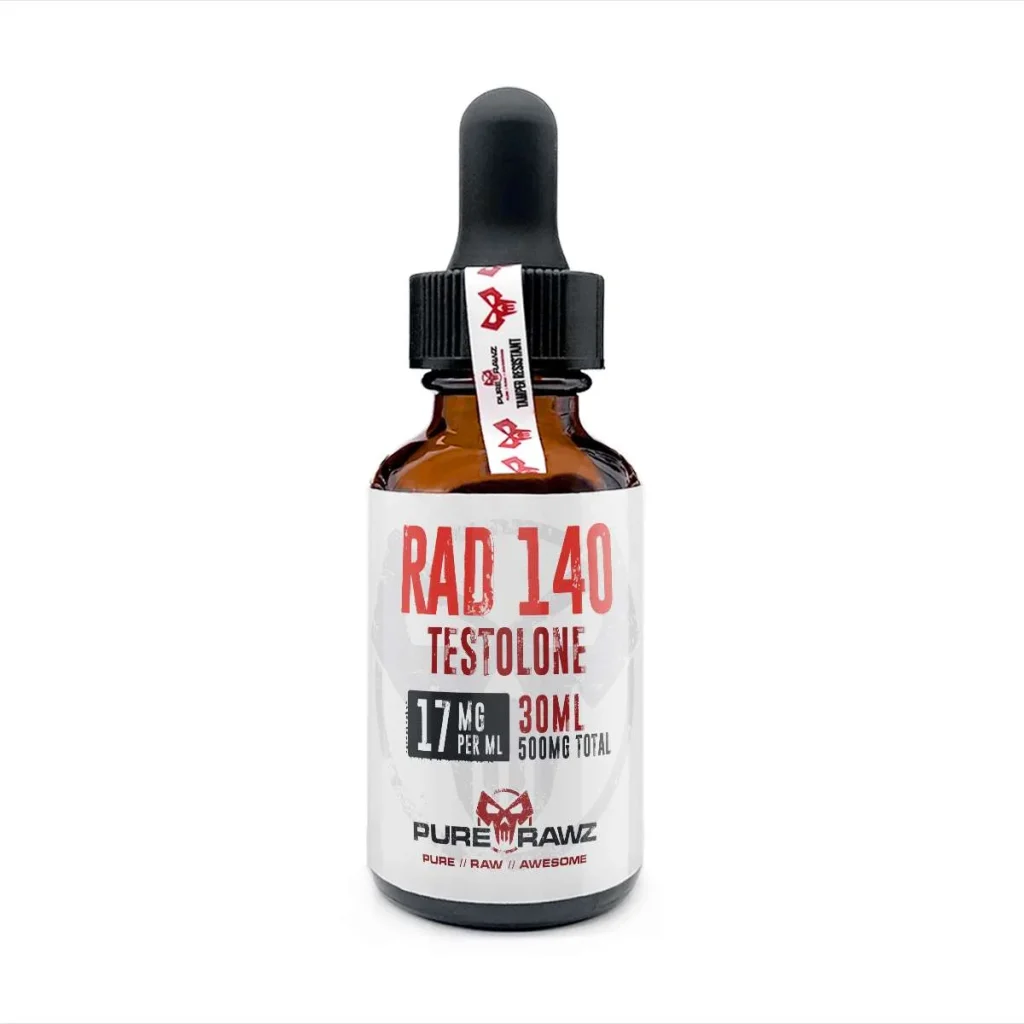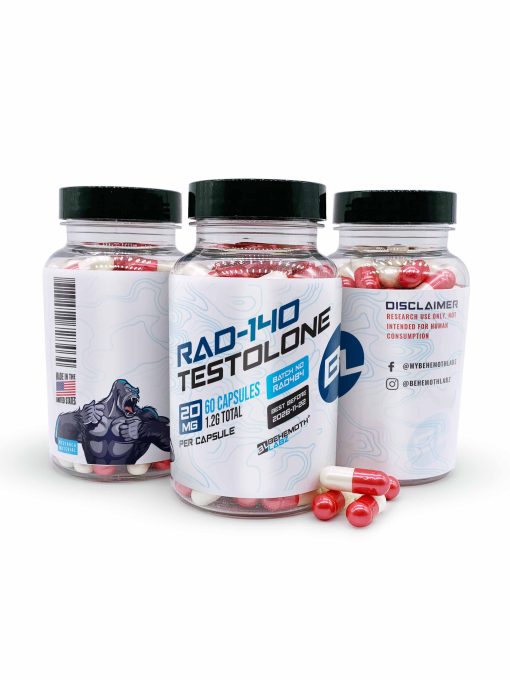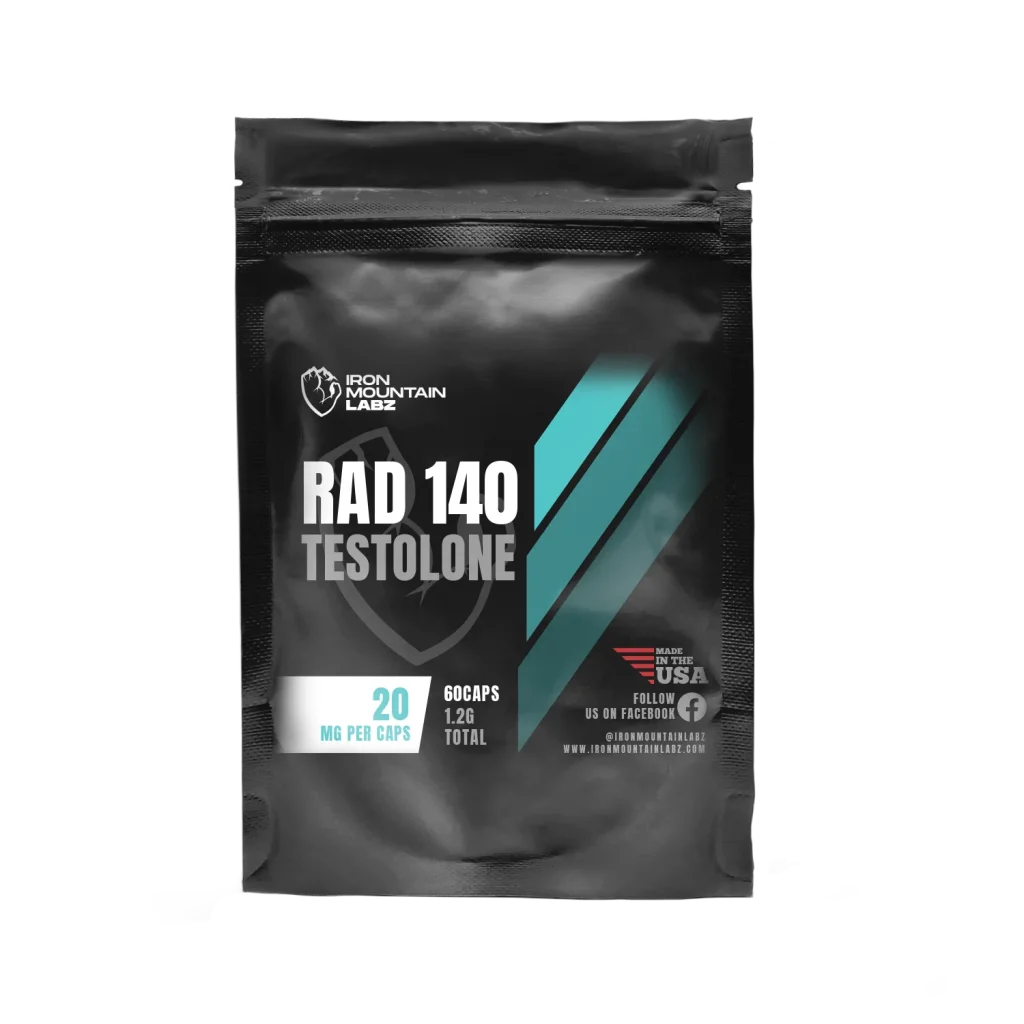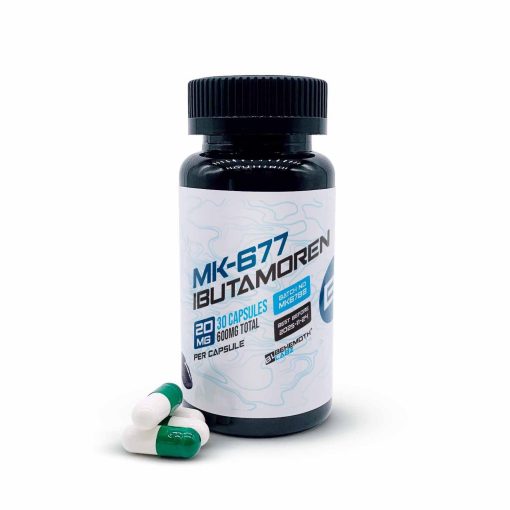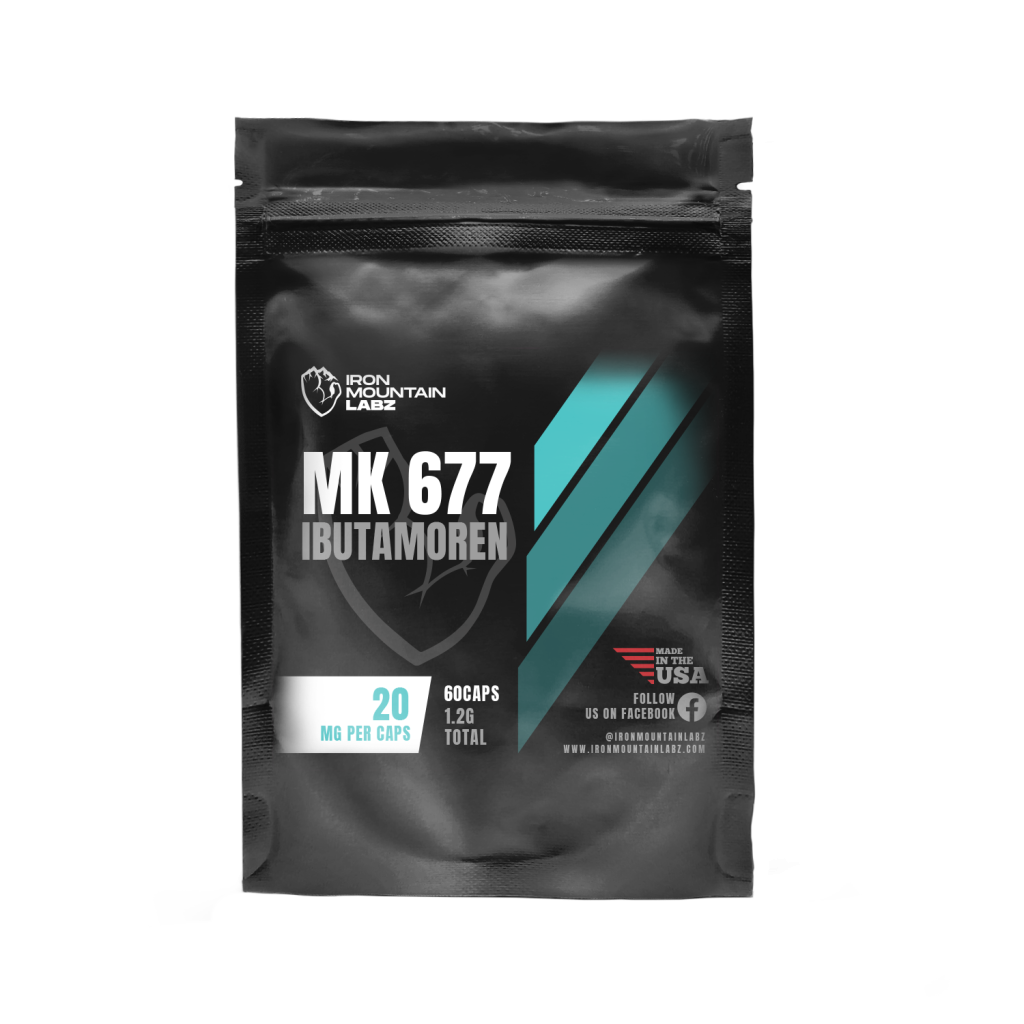What if two of the most potent anabolic SARMs stand face-to-face? One is YK11, known as a myostatin inhibitor. The other is RAD 140, famous for consistent results and generally well tolerated by users. Which one leads to more muscle hypertrophy? Which one carries fewer side effects? This article explores YK11 vs RAD 140, breaking down the benefits, potential risks, Dosage and Cycle Guidelines, stacking, and current legal status for 2025.
What is YK11?
YK11 is a special type of selective androgen receptor compound. Many call it a myostatin inhibitor because it may block myostatin, a protein that normally stops muscle hypertrophy. In short, less myostatin = more muscle fiber synthesis and dry gains.
- ➢ Shown in research, YK11 activates androgen receptors but also increases follistatin, another protein that fights myostatin. [R]
- ➢ Known for potent anabolic activity, sometimes compared to steroids in anabolic effects.
- ➢ Users in the fitness community report joint integrity support, maybe from activation of certain gene pathways.
But because YK11 is still under research, human safety has not been fully evaluated.
What is RAD 140 (Testolone)?
RAD 140 is one of the most famous SARMs. It binds with high affinity to androgen receptors in muscle tissues and bones, leading to protein synthesis, strength gains, and steady lean muscle mass.
- ➢ Considered more generally well-tolerated compared to other SARMs.
- ➢ Produce consistent results in muscle hypertrophy and even some fat loss.
- ➢ Sometimes called a safer alternative to steroids, but it still with potential side effects like testosterone suppression. [R]
RAD 140 also shows neuroprotective effects in early studies, meaning it may support brain health along with muscle growth.
YK11 vs RAD 140: Key Differences
Mechanisms: YK11 pushes myostatin inhibition, while RAD140 focuses on androgen receptor activation.
Aggressive muscle growth: YK11 is often linked to faster muscle hypertrophy, while RAD-140 brings more consistent results.
Joint integrity: YK11 may support joint integrity and RAD-140 mostly for muscle and bone.
Potential risks: YK11 is less evaluated, with higher unknowns. RAD 140 has been more studied, but still causes suppression at high doses.
Performance-enhancing substances: Both appear on the banned list for athletes, and both are detectable in drug tests. [R]
Benefits and Side Effects
For bodybuilders, it is not only about gains, but also about what side effects can follow. Here is the balance for both SARMs.
Benefits of YK11
- ➢ Strong anabolic effects [R]
- ➢ Dry gains and lean mass
- ➢ May support joint integrity
- ➢ Aggressive muscle growth from the myostatin inhibitor pathway
Potential Side Effects of YK11
- ➢ Unknown long-term safety [R]
- ➢ Stronger testosterone suppression [R]
- ➢ Risk of inflammation or liver stress in some reports [R]
Find The Best Prices For YK-11
Benefits of RAD 140
- ➢ Consistent results in muscle hypertrophy [R]
- ➢ Strength gains and fat loss [R]
- ➢ Generally well tolerated at research dosages
- ➢ Good balance for bulking and cutting
Potential Side Effects of RAD 140
- ➢ Testosterone suppression (need post-cycle therapy) [R]
- ➢ Possible hair loss or acne in sensitive users [R]
- ➢ May affect lipid control and liver health at high doses [R]
Find The Best Prices For RAD-140
Dosage and Cycle Guidelines
Experienced users often test YK11 at very low doses because it is potent. RAD 140 used at moderate dosages usually shows progress in 8–12 week cycles.
Both need post-cycle therapy because of testosterone suppression. High doses push more muscle gains, but also more potential side effects.
Post Cycle Therapy (PCT) Considerations
- ➢ Essential after YK11 and RAD 140 to restore hormone balance.
- ➢ PCT helps the body regain natural testosterone synthesis.
- ➢ Without PCT, users may experience low energy, reduced muscle mass, and increased health risks.
Stacking with Other SARMs
Both can be combined with other SARMs in stacking for bulking or cutting:
- ➢ YK11 + RAD 140 stack = very potent anabolic activity, but higher risks.
- ➢ RAD 140 + other SARMs (like LGD-4033) = balanced lean mass and strength gains.
- ➢ Stacking must always respect limits because compounds combined can increase potential risks.
Legal Status and Testing
- ➢ Both YK11 and RAD 140 are performance-enhancing substances, banned in the professional sports world. WADA lists them under prohibited compounds. They are detectable in drug tests, meaning athletes cannot use them in competition. [R]
Conclusion
So, in YK11 vs RAD 140, which is better? It depends on the goal:
YK11 = aggressive muscle growth, myostatin inhibition, but higher potential risks.
RAD 140 = more consistent results, generally well tolerated, still strong muscle hypertrophy.
Both show anabolic effects, but both need control, post-cycle therapy, and awareness of safety. But it is essential to remember that they are still research compounds and have not been fully evaluated for human health.
Frequently Asked Questions
Which is stronger for bulking: YK11 or RAD 140?
YK11 pushes aggressive muscle growth with myostatin inhibition, while RAD 140 gives consistent results and lean mass.
Does YK11 build muscle faster than RAD-140?
Many users say YK11 leads to faster dry gains, but also higher potential side effects.
Which has fewer side effects: YK11 or RAD 140?
RAD-140 is often seen as having fewer side effects, but it still causes testosterone suppression.
Can YK11 and RAD 140 cause hair loss or testosterone suppression?
Yes, both may cause testosterone suppression. Hair loss depends on genetics and androgen receptor response.
Is YK11 more like a SARM or a steroid?
YK11 is a selective androgen receptor modulator, but with potent anabolic activity, some call it closer to traditional anabolic steroids.
What is the half-life of RAD 140 vs YK11?
RAD-140 half-life ~16–20 hours. YK11’s half-life is not fully known, but shorter.
Are YK11 and RAD-140 detectable in drug tests?
Yes, both are banned as performance-enhancing substances.
Does YK11 affect myostatin?
Yes, YK11 is a myostatin inhibitor, making it unique among other SARMs.
Does RAD 140 produce DHT?
RAD-140 does not directly convert to DHT, but can still influence androgen receptors.
Can women use YK11 or RAD 140 in research studies?
Yes, in controlled research, but more potential risks because of hormone sensitivity.
Which is better for cutting vs bulking?
YK11 = more for bulking and aggressive gains. RAD-140 = flexible for cutting and bulking, depending on stacking and dosages.


